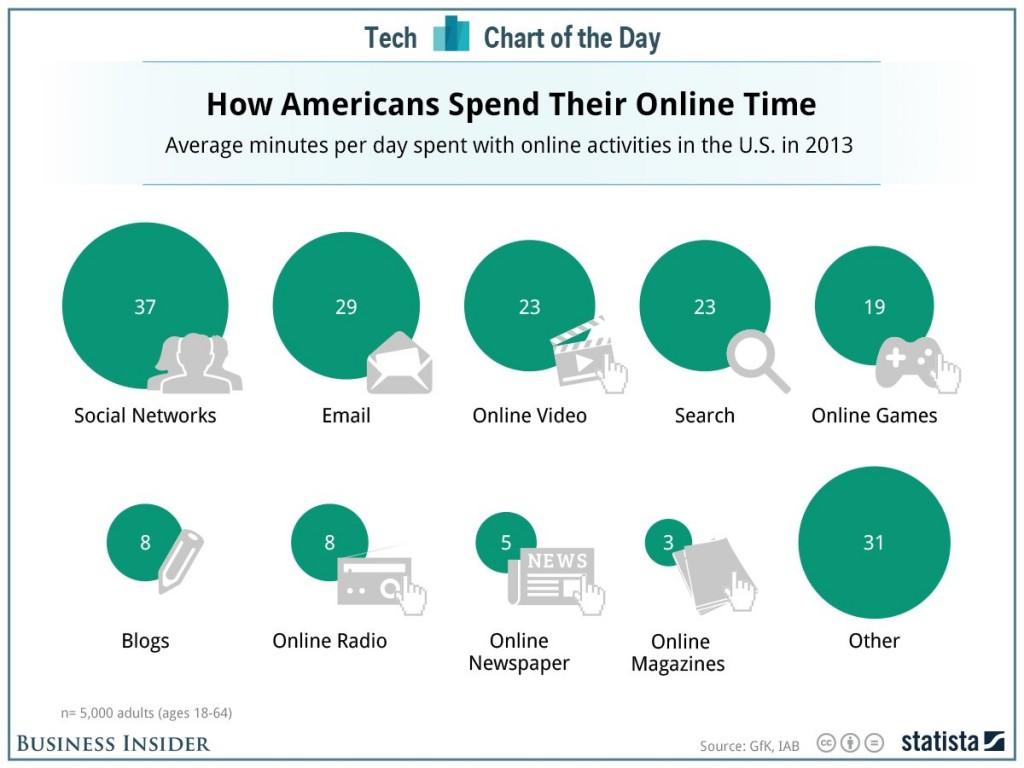This morning’s Observer column
Once upon a time, 12 years ago to be precise, David Bowie said something very perceptive. “Music itself is going to become like running water or electricity,” he told a New York Times reporter. “So it’s like, just take advantage of these last few years because none of this is ever going to happen again. You’d better be prepared for doing a lot of touring because that’s really the only unique situation that’s going to be left. It’s terribly exciting. But on the other hand it doesn’t matter if you think it’s exciting or not; it’s what’s going to happen.”
I thought of Bowie and his perceptiveness last week, when – in a rare piece of corporate carelessness – Amazon inadvertently provided a fleeting glimpse of what it has in store for the publishing industry. A new page appeared on its website only to be very quickly withdrawn, but not before it had been cached by Google and spotted by a hacker website.
What was on this elusive page? Why, nothing more or less than an introduction to a new service called “Kindle Unlimited”. Subscribers will be invited to “enjoy unlimited access to over 600,000 titles and thousands of audiobooks on any device for just $9.99 a month”. One commentator described it as “Netflix for books”. David Bowie would doubtless have said that it’s the turn of books to become like running water or electricity.
Amazon has now confirmed the launch of the service.

